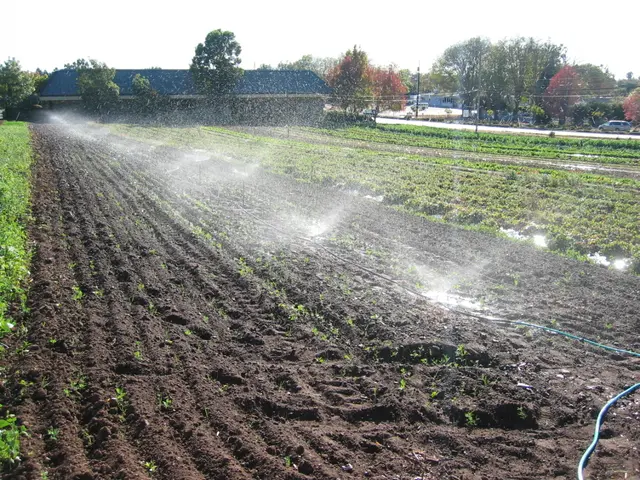HSE Ranks Russian Regions' Climate Change Vulnerability: Krasnodar Top at Risk
Experts from the Higher School of Economics (HSE) have released a ranking of Russian regions' vulnerability to climate change. The study aims to aid strategic planning of adaptation measures amidst limited resources. The Krasnodar Territory, along with several other regions, has been identified as highly at risk.
The HSE ranking covers 62 regions, assessing their exposure to six major climate risks: permafrost thaw, wildfires, droughts, heatwaves, extreme precipitation, and water stress. The study found that southern regions, including the Krasnodar, Stavropol, and Rostov territories, face the greatest threats from water shortages and heatwaves.
These areas are particularly sensitive due to their high population density, developed agriculture, and seasonal temperature swings. The ranking also lists the Republic of Dagestan, the Republic of Kalmykia, and the Astrakhan Region among the most vulnerable regions. Experts suggest that such assessments will help regions develop targeted adaptation measures, such as upgrading water supply and irrigation systems and adopting sustainable farming practices.
The HSE ranking serves as a crucial tool for government agencies and businesses to evaluate climate-related risks. It highlights the urgent need for targeted adaptation measures in vulnerable regions like the Krasnodar Territory and others to mitigate the impacts of climate change.






